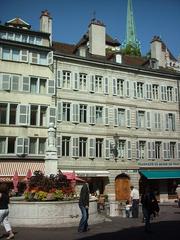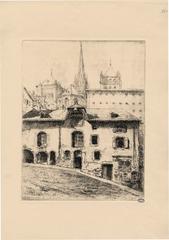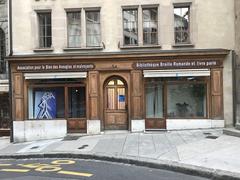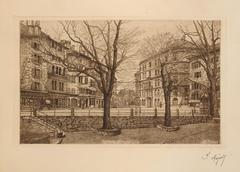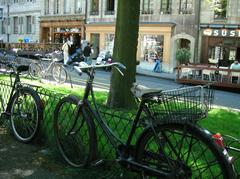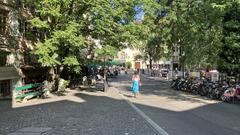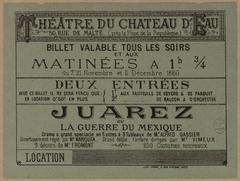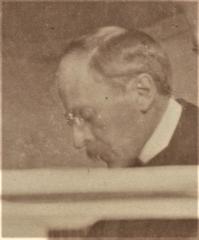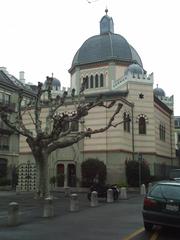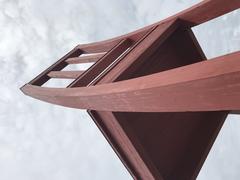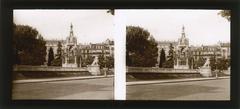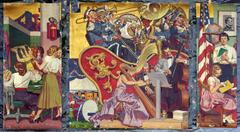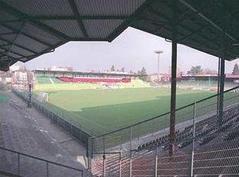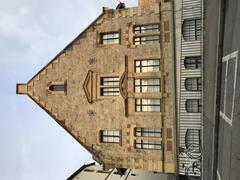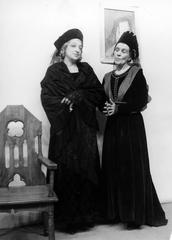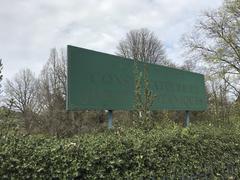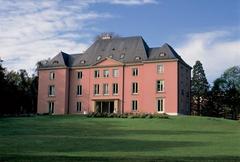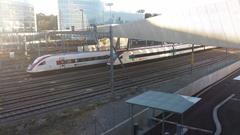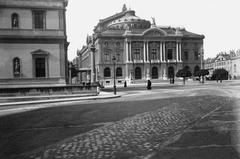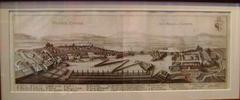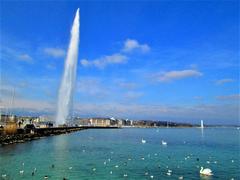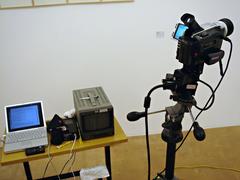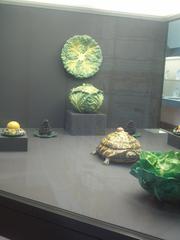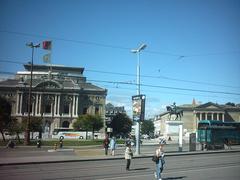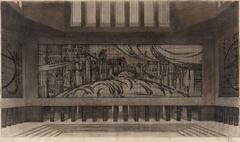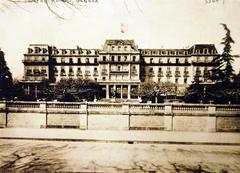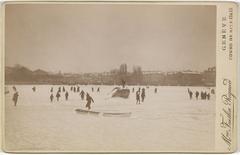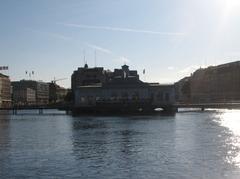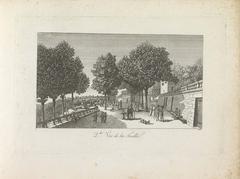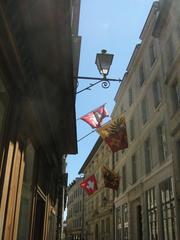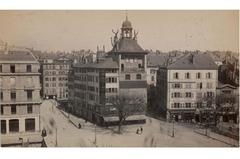
Comprehensive Guide to Visiting Place du Bourg-de-Four, Geneva, Switzerland
Date: 23/07/2024
Introduction
Table of Contents
- Introduction
- Historical Background
- Architectural Significance
- Cultural Significance
- Social Significance
- Economic Significance
- Educational Significance
- Environmental Significance
- Practical Visitor Information
- FAQ
- Conclusion
Historical Background
Origins and Early History
Place du Bourg-de-Four, located in Geneva’s Old Town, is one of the city’s oldest and most significant squares. Its origins date back to the Roman era when it served as a marketplace and a central hub for trade and commerce. The square’s strategic location made it a focal point for merchants and travelers, contributing to Geneva’s development as a major economic center.
During the Middle Ages, Place du Bourg-de-Four became a vital part of the city’s social and political life. It was the site of numerous public gatherings, including markets, fairs, and political assemblies. The square also played a crucial role during the Protestant Reformation in the 16th century. Geneva, under the leadership of John Calvin, became a refuge for Protestant reformers, and Place du Bourg-de-Four was a central meeting point for these religious and intellectual exchanges.
Architectural Significance
The architecture of Place du Bourg-de-Four reflects its rich history and cultural heritage. The square is surrounded by buildings that date back to the 16th and 17th centuries, showcasing a blend of Gothic and Renaissance architectural styles. Notable structures include the Hôtel de Ville (Town Hall), which has been the seat of Geneva’s government since the 15th century, and the Maison Tavel, the oldest house in Geneva, now a museum dedicated to the city’s history.
The square’s layout and design have remained largely unchanged over the centuries, preserving its historical charm. The cobblestone streets, ornate fountains, and historic facades create a picturesque setting that attracts both locals and tourists. The central fountain, known as the Fontaine de l’Escalade, commemorates the city’s defense against the Duke of Savoy’s troops in 1602, a pivotal event in Geneva’s history.
Cultural Significance
Place du Bourg-de-Four is not only a historical landmark but also a vibrant cultural hub. The square hosts various cultural events, including outdoor concerts, art exhibitions, and festivals. It is a popular gathering place for locals and visitors, offering a lively atmosphere with numerous cafes, restaurants, and shops.
The square’s cultural significance is further enhanced by its proximity to other important landmarks, such as St. Peter’s Cathedral and the Reformation Wall. St. Peter’s Cathedral, located just a short walk from the square, is a symbol of Geneva’s religious heritage and offers panoramic views of the city from its towers. The Reformation Wall, situated in the Parc des Bastions, commemorates the leaders of the Protestant Reformation and their contributions to Geneva’s history.
Social Significance
Place du Bourg-de-Four has long been a social gathering place for the people of Geneva. Its central location and welcoming ambiance make it an ideal spot for social interactions and community activities. The square’s cafes and restaurants provide outdoor seating, allowing patrons to enjoy the vibrant street life while savoring local cuisine.
The square also serves as a meeting point for various social and political movements. Throughout history, it has been a venue for public demonstrations, protests, and celebrations. Its role as a space for civic engagement underscores its importance in the social fabric of Geneva.
Economic Significance
Economically, Place du Bourg-de-Four has been a vital part of Geneva’s commercial life for centuries. The square’s markets and fairs have historically attracted merchants and traders from across Europe, contributing to the city’s prosperity. Today, the square continues to be a bustling commercial area, with numerous shops, boutiques, and businesses catering to both locals and tourists.
The presence of high-end boutiques and luxury stores in the vicinity reflects Geneva’s status as a global financial center. The square’s economic significance is further highlighted by its role in the tourism industry. As one of the city’s top tourist attractions, Place du Bourg-de-Four draws visitors from around the world, boosting the local economy through tourism-related spending.
Educational Significance
Place du Bourg-de-Four also holds educational significance, particularly in the fields of history, architecture, and cultural studies. The square and its surrounding landmarks serve as living classrooms for students and researchers interested in Geneva’s rich heritage. Educational tours and guided walks often include the square as a key stop, providing insights into the city’s historical and cultural evolution.
The Maison Tavel, located on the square, offers educational exhibits and programs that delve into Geneva’s past. The museum’s collections include artifacts, documents, and multimedia displays that illustrate the city’s development from its early days to the present. This educational aspect makes Place du Bourg-de-Four an invaluable resource for learning and exploration.
Environmental Significance
In recent years, Place du Bourg-de-Four has also gained recognition for its environmental significance. Efforts to preserve the square’s historical integrity have included initiatives to enhance its green spaces and promote sustainability. The square’s central fountain and surrounding greenery contribute to the urban ecosystem, providing a refreshing oasis in the heart of the city.
Environmental awareness campaigns and events are occasionally held in the square, highlighting the importance of conservation and sustainable living. These initiatives align with Geneva’s broader commitment to environmental stewardship and urban sustainability.
Practical Visitor Information
- Visiting Hours: Place du Bourg-de-Four is open to the public 24/7. However, the nearby museums, such as Maison Tavel, have specific visiting hours which can be checked on their official websites.
- Tickets: Entry to the square is free, but some attractions like Maison Tavel may have an admission fee. It’s recommended to check ticket prices and availability online beforehand.
- Travel Tips: The square is easily accessible by public transport, including buses and trams. Parking is available nearby but can be limited. Comfortable walking shoes are advisable due to the cobblestone streets.
- Nearby Attractions: St. Peter’s Cathedral, the Reformation Wall, Parc des Bastions, and the Old Town of Geneva are all within walking distance.
- Accessibility: The square is wheelchair accessible, but some areas may be challenging due to cobblestones. It’s advisable to check specific accessibility features of nearby attractions.
FAQ
Q: What are the visiting hours for Place du Bourg-de-Four?
A: The square itself is open 24/7, but nearby museums and attractions have specific visiting hours.
Q: Are there guided tours available at Place du Bourg-de-Four?
A: Yes, guided tours are available and can be arranged through local tour operators or the tourist information center.
Q: How can I get to Place du Bourg-de-Four?
A: The square is easily accessible by public transport, including buses and trams. There are also parking facilities nearby.
Q: Is Place du Bourg-de-Four suitable for children?
A: Yes, the square is family-friendly with plenty of open space and nearby attractions suitable for children.
